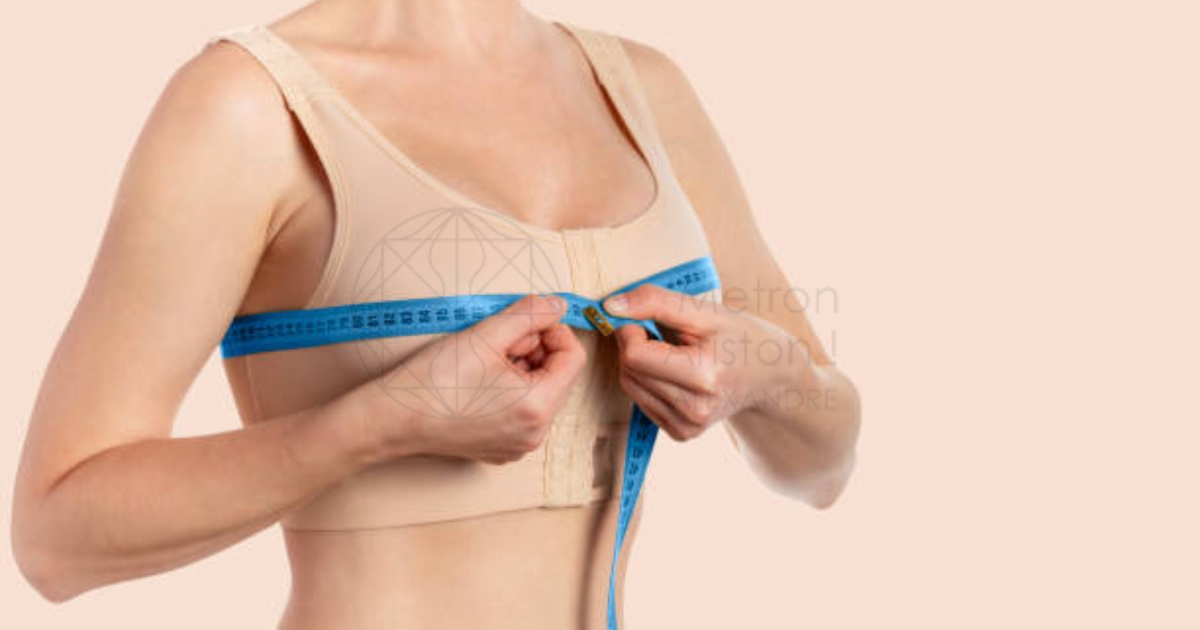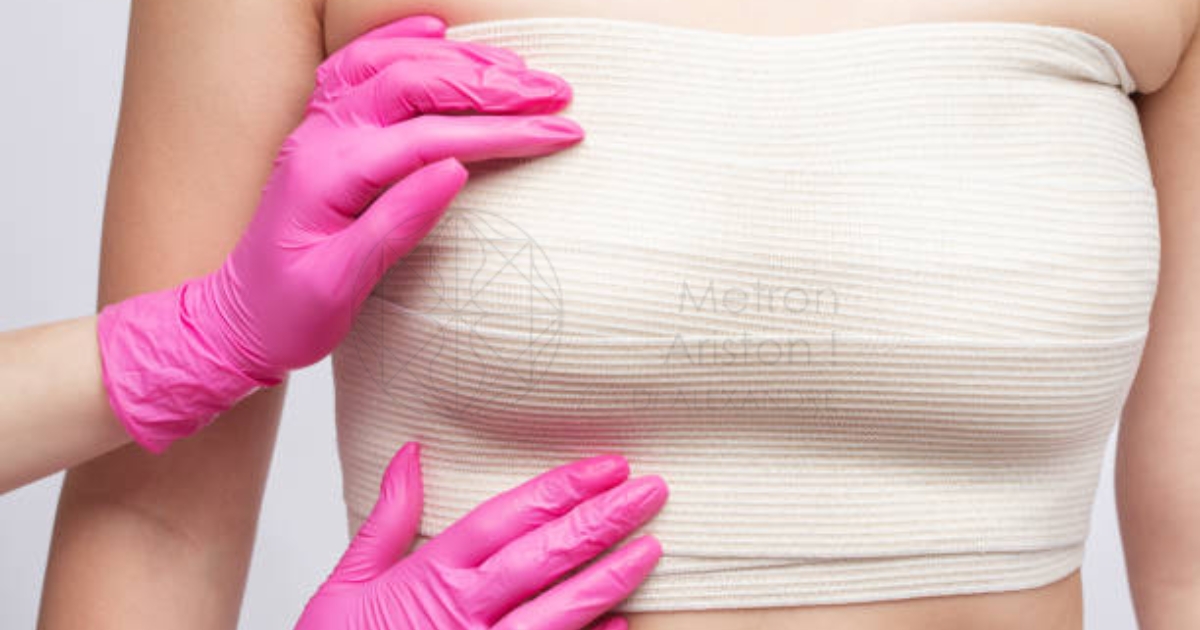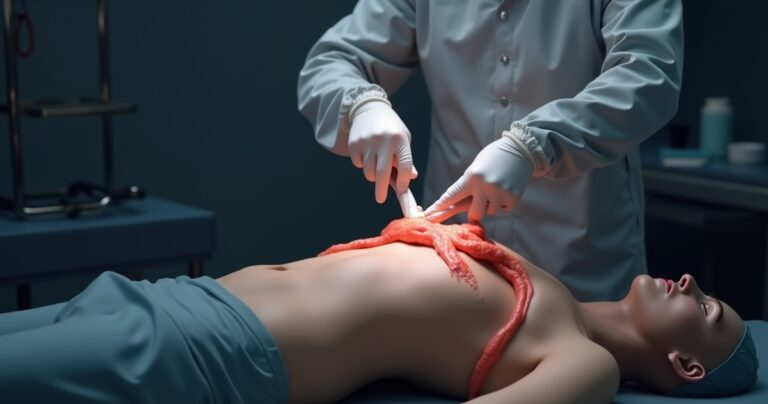Can Fat from Liposuction Be Used for Breast Augmentation?
What is fat transfer breast augmentation?
Fat transfer breast augmentation, or autologous fat grafting, is a procedure where fat is harvested from one part of the body and injected into the breasts. This method offers a natural alternative to traditional breast implants, using the patient’s fat cells to enhance breast size and shape.
Dubai Liposuction Treatments help remove extra fat from your body
Dubai Liposuction Treatments can make you look slimmer and feel more confident
Benefits of using liposuction fat for breast enhancement
Using fat from liposuction for breast augmentation has several benefits. First, it provides a natural look and feel, as the fat cells integrate seamlessly with the existing breast tissue. Second, it offers dual benefits of body contouring, as fat is removed from areas like the abdomen or thighs, enhancing overall body shape. Third, it reduces the risk of rejection since the fat is from the patient’s own body.
- Natural look and feel
- Dual benefits of body contouring
- Reduced risk of rejection
The Fat Transfer Breast Augmentation Procedure
Harvesting fat through liposuction
The first step in fat transfer breast augmentation is harvesting fat through liposuction. A qualified surgeon will use a cannula to remove fat from areas like the abdomen, thighs, or flanks. This process provides the necessary fat for the augmentation and helps contour the donor area.
Processing and purifying the fat
Once the fat is harvested, it is purified to remove any impurities, blood, and excess fluids. This step is crucial to ensure that only healthy fat cells are used for the augmentation, increasing the chances of successful fat grafting.
Injecting fat into the breasts
The purified fat is then carefully injected into the breasts using a series of small injections. The surgeon meticulously places the fat to achieve the desired shape and volume, ensuring a natural and symmetrical appearance.
- Harvesting fat through liposuction
- Processing and purifying the fat
- Injecting fat into the breasts
Comparing Fat Transfer to Traditional Breast Implants
Natural look and feel
One of the main advantages of fat transfer breast augmentation over traditional implants is the natural look and feel. Since the procedure uses the patient’s own fat, the breasts tend to have a more natural texture and appearance compared to silicone or saline implants.
Dual benefits of body contouring
Fat transfer breast augmentation offers the dual benefits of enhancing breast size while contouring other body areas. This makes it an attractive option for those looking to improve their body shape.
Reduced risk of rejection
Using the patient’s fat significantly reduces the risk of rejection or allergic reactions, which can sometimes occur with synthetic implants. This makes fat transfer a safer option for many individuals.
- Natural look and feel.
- Dual benefits of body contouring
- Reduced risk of rejection
Recovery and Results of Fat Transfer Breast Augmentation
What to expect during recovery
Recovery from fat transfer breast augmentation typically involves some swelling, bruising, and discomfort in both the donor and recipient areas. Most patients can return to normal activities within a week, but strenuous activities should be avoided for at least a month.
Timeline for seeing final results
Patients can expect to see initial results immediately after the procedure. Still, the final results will become more apparent over the next few months as the swelling subsides and the fat cells settle. It can take up to six months to see the full outcome.
Longevity of fat transfer augmentation
Fat transfer breast augmentation results can be long-lasting, with 50-70% of the transferred fat typically surviving long-term. The surviving fat cells become a permanent part of the breast tissue, providing lasting enhancement.
- Recovery involves swelling and bruising.
- Initial results are visible immediately, and final results in six months
- Long-lasting results with 50-70% fat survival
Risks and Limitations of Using Liposuction Fat for Breast Enhancement 
Potential complications
As with any surgical procedure, fat transfer breast augmentation carries some risks. Potential complications include infection, fat necrosis, and the formation of cysts or lumps. Choosing a qualified and experienced surgeon to minimize these risks is essential.
Fat reabsorption rates
One limitation of fat transfer breast augmentation is the variable fat reabsorption rates. Not all the transferred fat cells will survive, and the body may reabsorb some over time. This can affect the final volume and shape of the breasts.
Limitations on size increase
Fat transfer breast augmentation is best suited for those seeking a modest increase in breast size. It may not be the ideal option for individuals looking for a significant enhancement, as there are limitations on how much fat can be safely transferred.
- Potential complications: infection, fat necrosis, cysts
- Variable fat reabsorption rates
- Best for modest size increase
Advancements in Fat Grafting Techniques
Structural fat grafting
Structural fat grafting is an advanced technique that involves layering the fat in a way that provides better structural support and longevity. This method helps in achieving more predictable and lasting results.
Stem cell-enriched fat transfer.
Stem cell-enriched fat transfer involves adding stem cells to the harvested fat before injection. This can enhance the survival rate of the fat cells and improve the overall quality of the augmentation.
3D imaging for precise fat placement
3D imaging technology allows surgeons to plan and execute fat transfer procedures with greater precision. This ensures that the fat is placed exactly where it is needed, resulting in more accurate and satisfying outcomes. Liposuction patches are questionable because they claim to melt fat without surgery These patches have not been proven effective by scientific studies Multiple Liposuction Sessions involve getting fat removed from your body more than once over time Some people need
Sustained liposuction results mean the fat removed during the procedure stays gone for a long time Dangerous DIY liposuction can seriously harm your body and health Never try to remove fat at home without a doctor’s help
Minimally invasive liposuction is a way to remove fat from the body using tiny cuts and special tools It helps people get rid of stubborn fat without big scars or long recovery times Liposuction hips inefficient may not remove all unwanted fat from the hip area Some people find that liposuction hips inefficient leaves uneven results or doesn’t meet their expectations
Chin lipo hydration helps keep your skin smooth after fat removal It involves special treatments to add moisture to your chin area
- Structural fat grafting for better support
- Stem cell-enriched fat transfer for improved results
- 3D imaging for precise fat placement
Combining Fat Transfer with Other Breast Procedures 
Fat transfer with a breast lift
Combining fat transfer with a breast lift can provide both volume and lift, addressing sagging and enhancing overall breast shape. This combination is ideal for individuals looking to rejuvenate their breasts without implants.
Hybrid breast augmentation (implants + fat)
Hybrid breast augmentation involves using both implants and fat transfer to achieve the desired breast size and shape. This method combines the volume provided by implants with the natural feel of fat grafting.
Correcting asymmetry with fat grafting
Fat grafting can be used to correct breast asymmetry, providing a more balanced and symmetrical appearance. This is particularly useful for individuals with noticeable size differences between their breasts.
- Fat transfer with a breast lift for volume and lift
- Hybrid breast augmentation for size and natural feel
- Correcting asymmetry with fat grafting
FAQ’s
How much fat is needed for breast augmentation?
Typically, 200-400 cc of purified fat is needed per breast for augmentation. This requires harvesting about 1000-2000 cc of liposuction fat to process. Can fat from liposuction be used for breast augmentation? Yes, fat harvested via liposuction can be purified and used for breast enhancement.
How long does fat-transfer breast augmentation last?
Fat transfer breast augmentation results can last many years, with 50-70% of transferred fat typically surviving long-term. Can fat from liposuction be used for breast augmentation? Indeed, the surviving fat cells become a permanent part of the breast tissue.
Is fat transfer breast augmentation safe?
Fat transfer breast augmentation is generally considered safe when performed by a qualified surgeon. Can fat from liposuction be used for breast augmentation? Yes, and using your fat reduces the risks associated with implants. However, all surgical procedures carry some risks.
How much does fat transfer breast augmentation cost?
The average cost ranges from 2000 to 5,000 AED, depending on the amount of fat transferred and other factors. Can fat from liposuction be used for breast augmentation? Yes, and the cost typically includes liposuction and fat transfer procedures.
According to the American Society of Plastic Surgeons, fat grafting procedures increased by 39% between 2016 and 2020. (Source: American Society of Plastic Surgeons )

